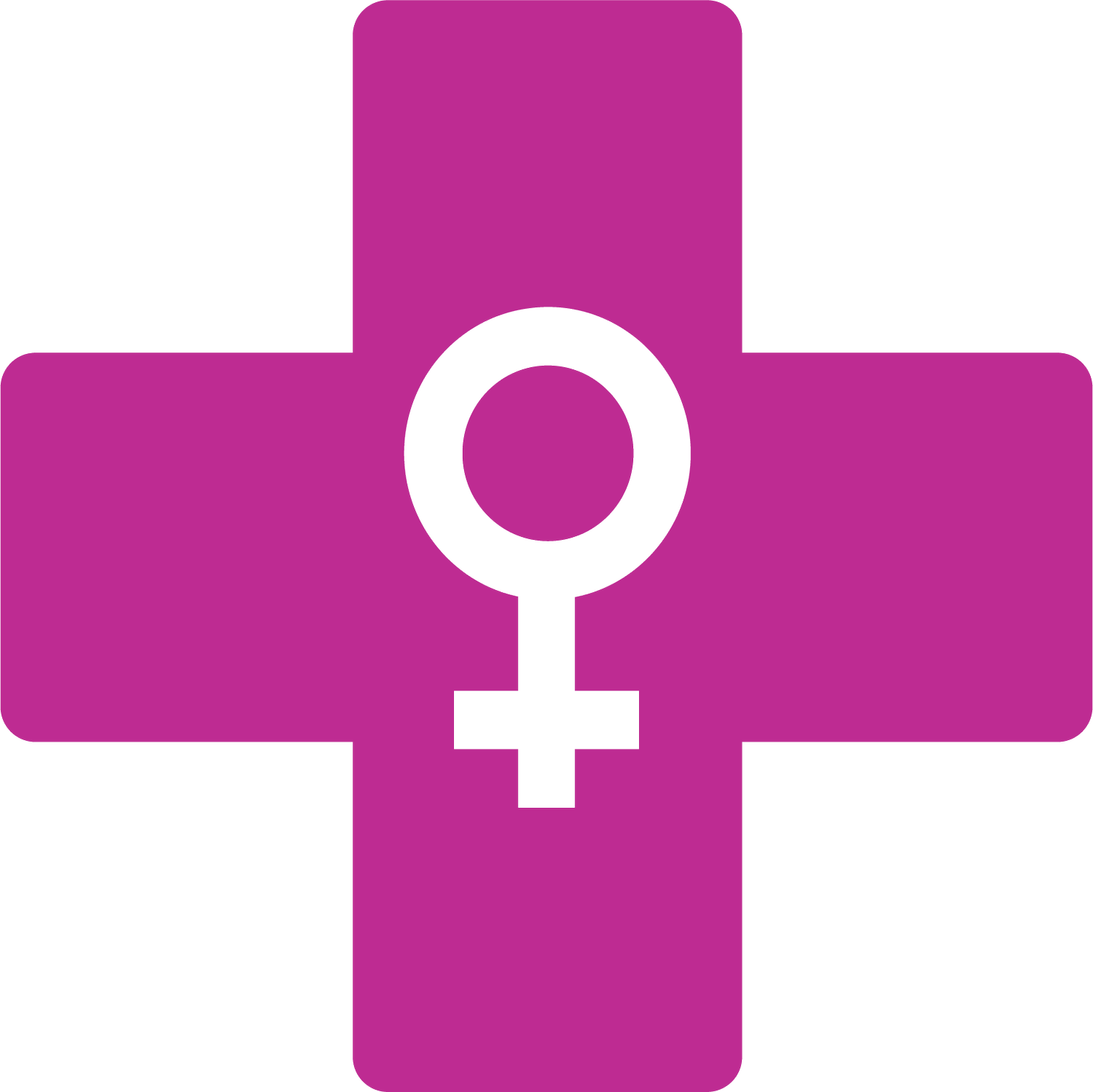The Ultimate Guide to Building Strong Bones: Osteoporosis Prevention 101
According to the Bone Health & Osteoporosis Foundation, 80% of the 10 million Americans diagnosed with osteoporosis are women. Let's join forces to recognize and spread awareness, for National Osteoporosis Awareness and Prevention Month which takes place this May.
Know Your Risk Factors
Factors that can increase the risk of developing osteoporosis vary, with some being, beyond our control. For instance individuals of Caucasian descent face a risk due to genetic factors. Additionally women are more prone to osteoporosis than men because of their less dense bones. The aging process naturally contributes to decreased bone density and a family history of osteoporosis can also elevate one's risk.
Inadequate calcium intake through diet, low levels of vitamin D can hinder calcium absorption. Eating disorders also cause deficiencies due to restricted food intake resulting in being underweight. As well as, the lack of weight bearing exercises or leading a lifestyle of excessive alcohol consumption. Are all factors that can lead to increased susceptibility to osteoporosis.
Early Warning Signs
Known as the "silent disease," osteoporosis can lurk undetected until a bone break takes place. However, there are telltale signs that may manifest before the disease reaches a critical stage. Gradually and stealthily, osteoporosis weakens bones, resulting in reduced density and increased porosity. Which in turn, leads to skeletal changes that can cause discomfort.
These changes may include a gradual loss of height due to degeneration of the spine, a hunched appearance near the shoulders (known as widow's hump). Women have also experienced difficulty performing simple tasks such as rising from a chair without relying on arm support.
Nutrition and Diet Tips
Ensuring you maintain a balanced diet is essential for developing bones and warding off osteoporosis. The right mix of nutrients can boost bone density and your resilience.
1. Foods rich in calcium; Incorporate dairy items such as milk, cheese and yogurt into your meals.
2. Vitamin D; This aids in calcium absorption. You can get your dose of vitamin D by spending time under the sun consuming fatty fish like salmon or taking supplements if advised by your healthcare provider.
3. Vitamin K; Present, in leafy veggies vitamin K contributes to bone health by facilitating the activation of proteins that stimulate bone formation.
4. Limit sodium intake; Consuming excessive sodium can result in calcium depletion. Opt for low sodium alternatives. Be cautious of processed foods that tend to contain sodium levels.
Exercise for Your Bone Health
A study conducted by Johns Hopkins discovered a fascinating link between muscle strength and bone health. After analyzing the data of 84 participants, the research team determined that individuals with greater muscle strength were far less likely to experience low bone mineral density. This may be attributed to the fact that building strong muscles through physical activities also places beneficial stress on our bones, prompting growth and fortification.
For optimum bone health and fall prevention, it's most effective to incorporate a variety of exercises into your routine, such as brisk walking, climbing stairs, dancing, using resistance bands, and weight lifting.





According to the Bone Health & Osteoporosis Foundation, 80% of the 10 million Americans diagnosed with osteoporosis are women. Let's join forces to recognize and spread awareness, for National Osteoporosis Awareness and Prevention Month which takes place this May.